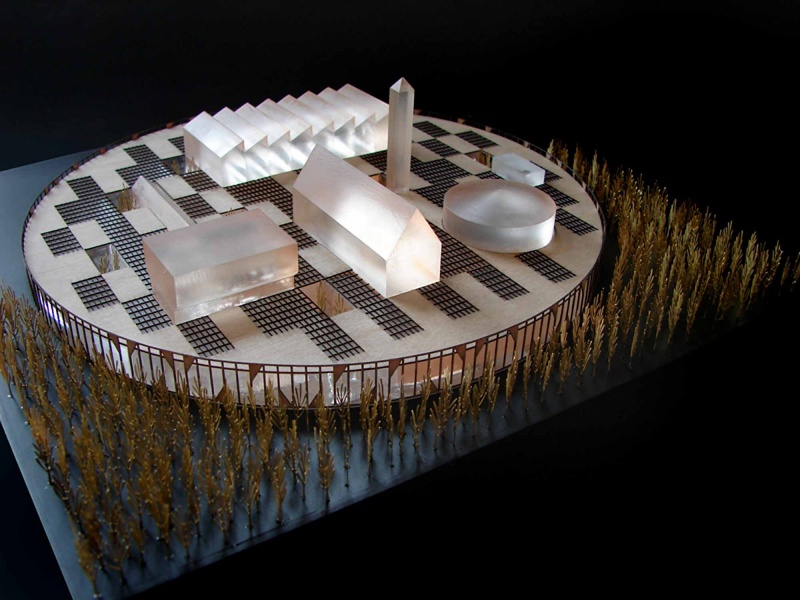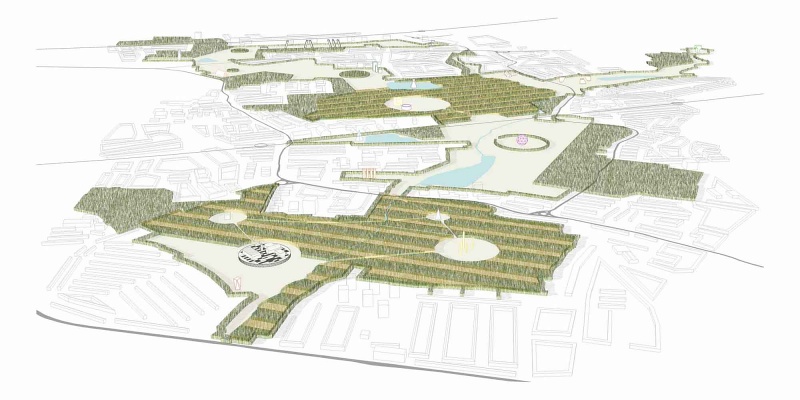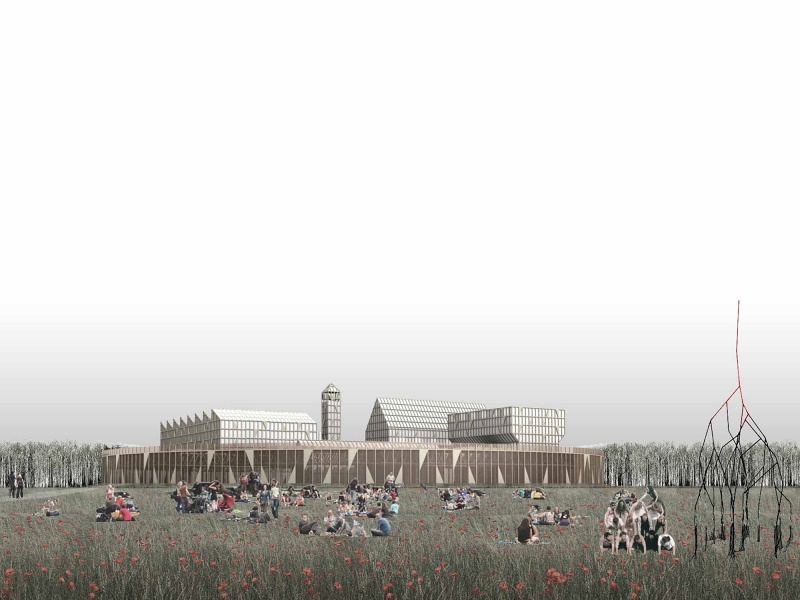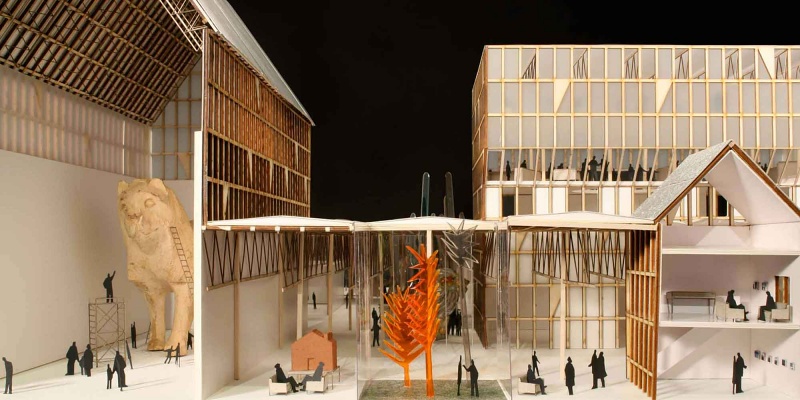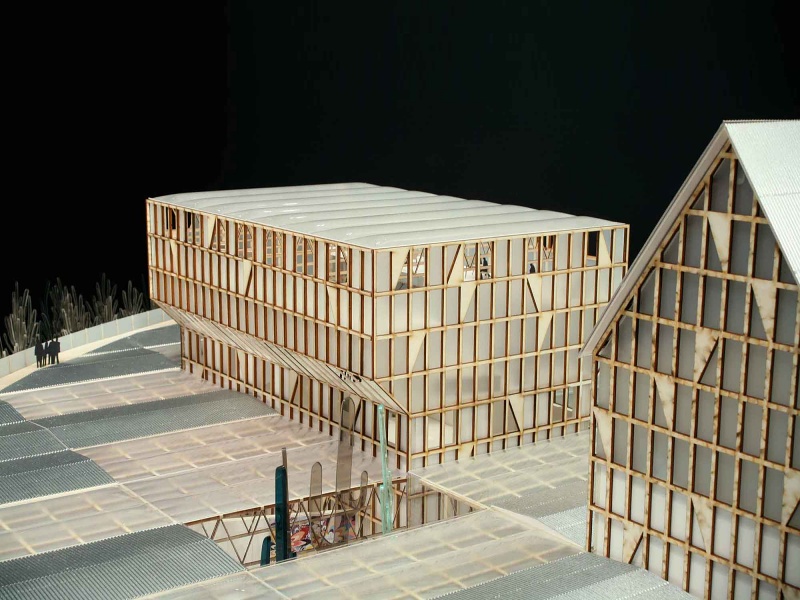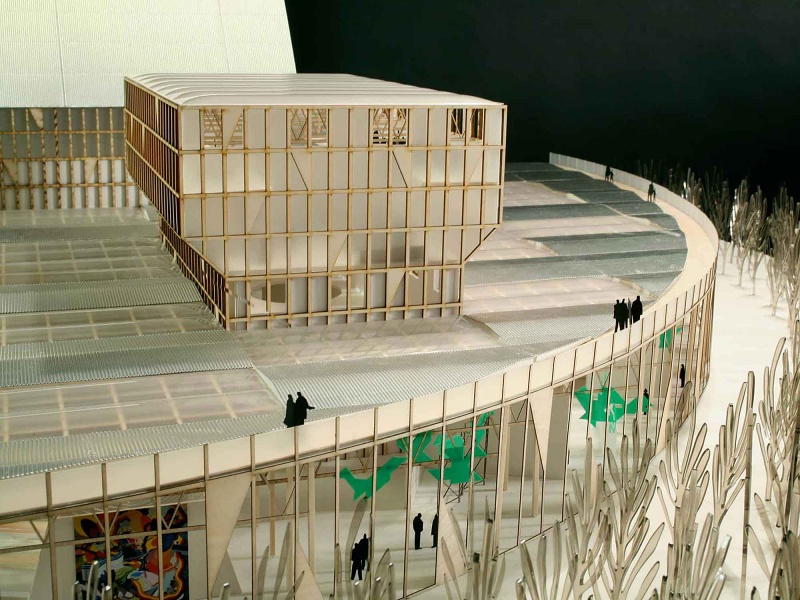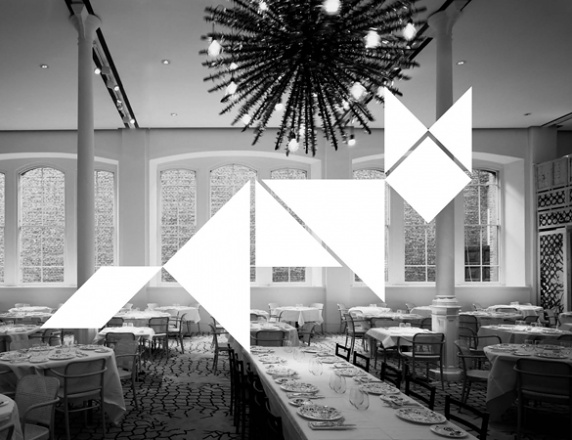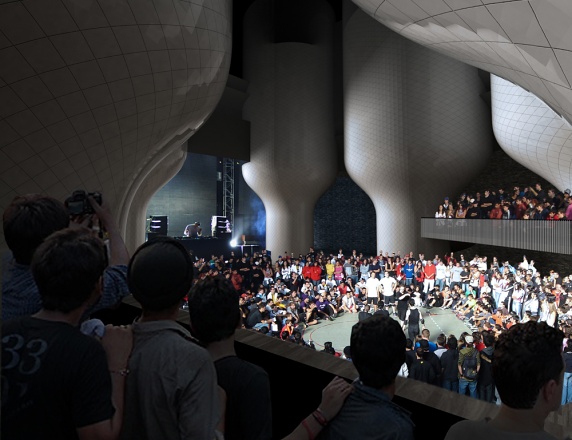Arts Space of the Future
Arts Council England and RIBA London's open competition, 'Arts Space of the Future', invited proposals that questioned what kind of arts' space will be relevant to future generations. How can spaces better reflect the nature of the arts being produced within them? Do art spaces need to be transformed into something quite new?
David Kohn Architect's prize-winning proposal addressed several pressing issues simultaneously: providing arts spaces in the East Thames gateway, an area currently undergoing large-scale development; creating carbon neutral venues; providing broader access, both physical and intellectual, to arts spaces; seeing these spaces as being as much to do with production and participation as consumption.
The project took the form of a network of parks in the East Thames Gateway chosen for their tendril-like extension into the surrounding context. Sufficient energy crop, in this case willow coppice, would be planted within the parks to fuel a new arts venue carbon-neutrally. Each year a third of the crop would be cut as crop circles which would become the site of temporary events. Consequently, the whole landscape would become a plastic, changing arts space.
The main venue would act as the power station, burning the willow coppice to supply energy to run the temporary events spaces. Also in the building would be all of the types of space artists choose to work in which are not white cubes: A house, a church, a rotunda, a tower and several gardens. The project was entitled Heterotopia, after Michel Foucault's seminal essay 'Of Other Spaces', in which he described the set of spaces in the world that are, "effectively realized utopia, in which all the real arrangements, all the other real arrangements that can be found within society, are at one and the same time represented, challenged, and overturned: a sort of place that lies outside all places and yet is actually localizable".
Project
Contemporary art
Open Competition
Location
East Thames Gateway
Client
Arts Council England and RIBA London
Status
Second Prize Competition Entry
Design Team
David Kohn, Jack Green
Collaborators
Jane Wernick Associates
Max Fordham LLP
More Arts
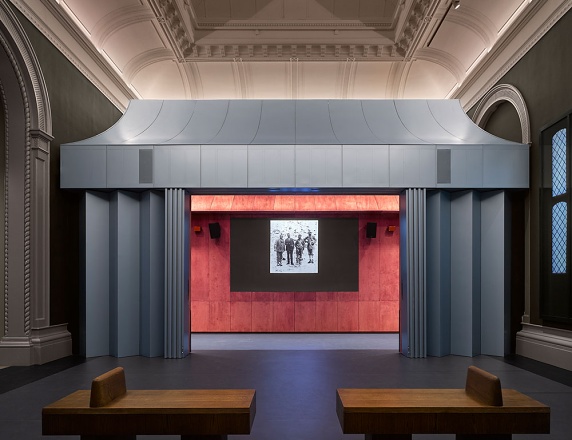 V&A Photography Centre
V&A Photography Centre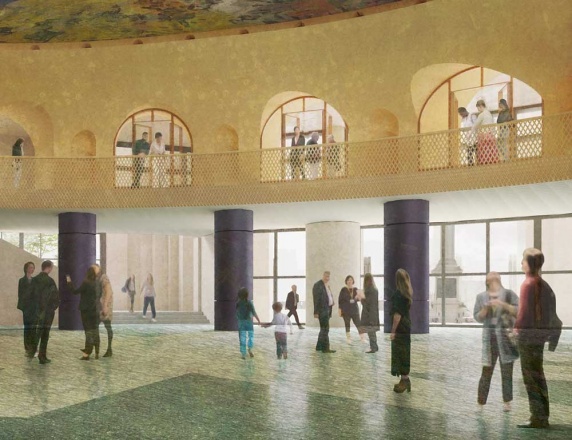 National Gallery NG200
National Gallery NG200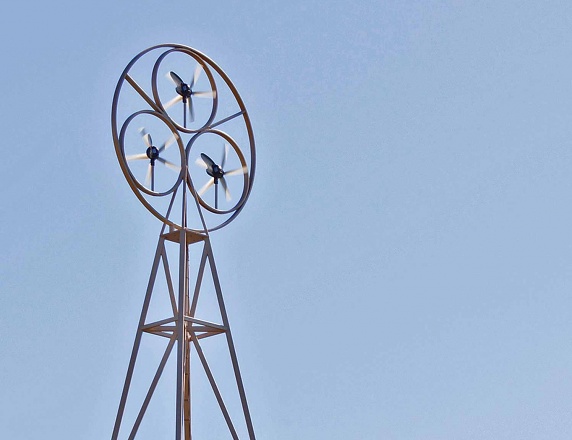 A Room for London
A Room for London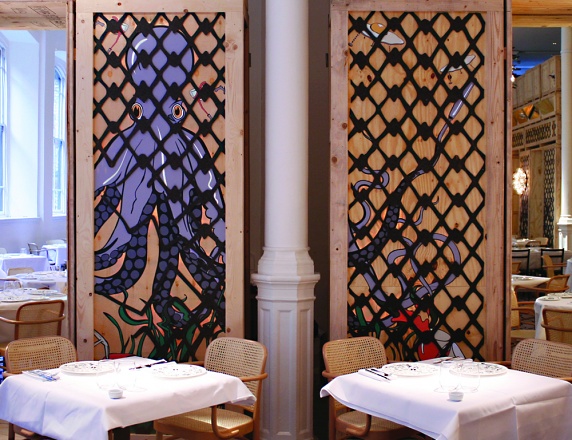 Flash at the Royal Academy
Flash at the Royal Academy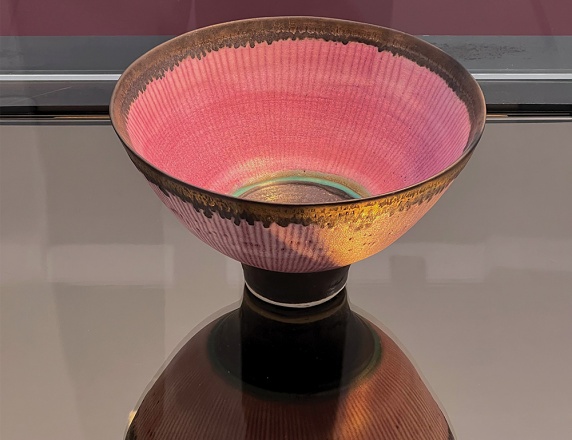 Lucie Rie: Adventures in Pottery
Lucie Rie: Adventures in Pottery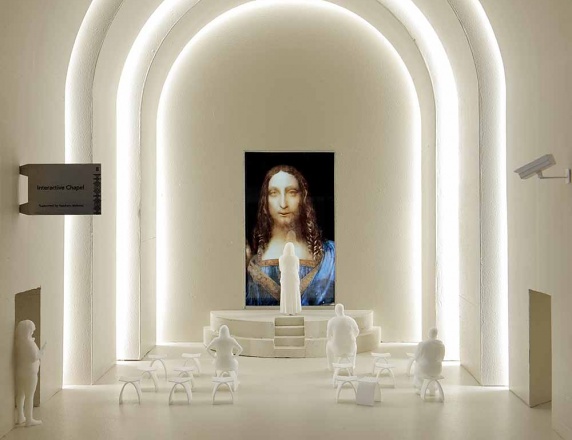 Is This Tomorrow?
Is This Tomorrow? Institute of Contemporary Arts
Institute of Contemporary Arts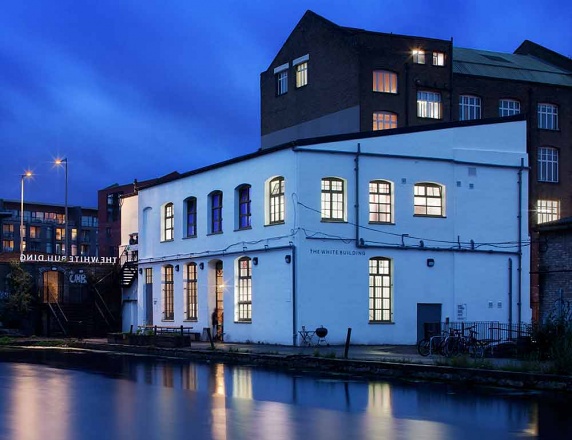 The White Building
The White Building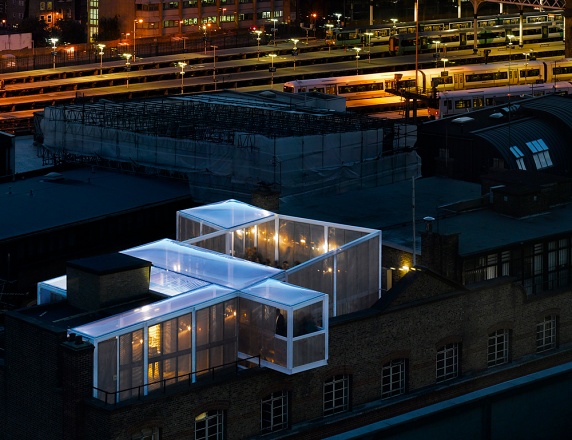 Architecture Foundation Skyroom
Architecture Foundation Skyroom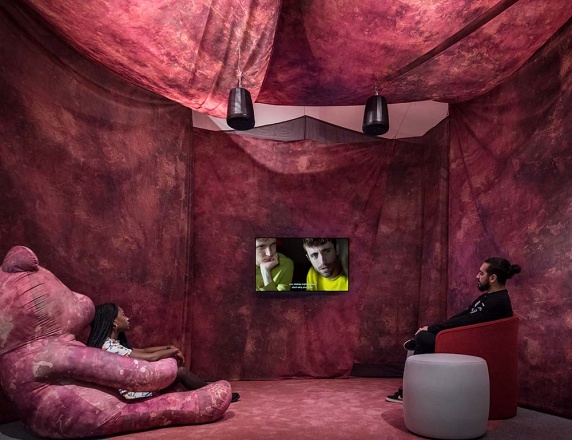 Misbehaving Bodies
Misbehaving Bodies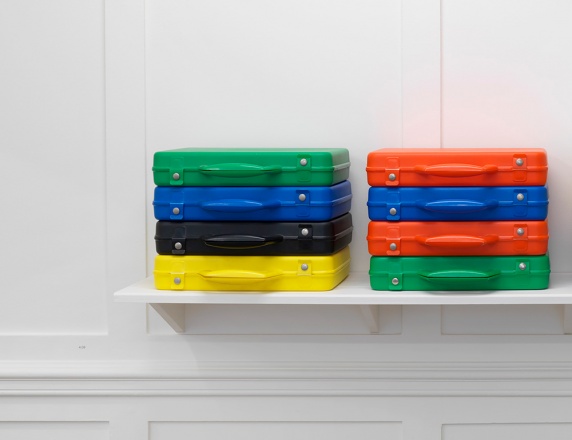 The Ulm Model
The Ulm Model Sotheby’s S|2
Sotheby’s S|2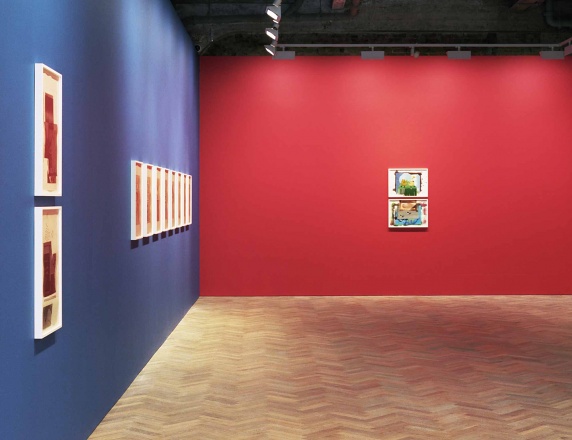 Thomas Dane Gallery
Thomas Dane Gallery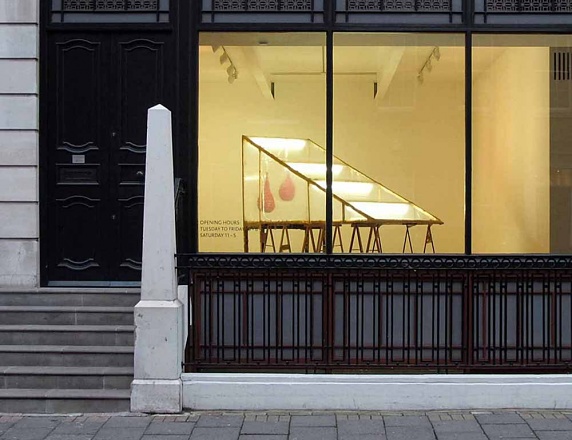 Stephen Friedman Gallery - Old Burlington St.
Stephen Friedman Gallery - Old Burlington St.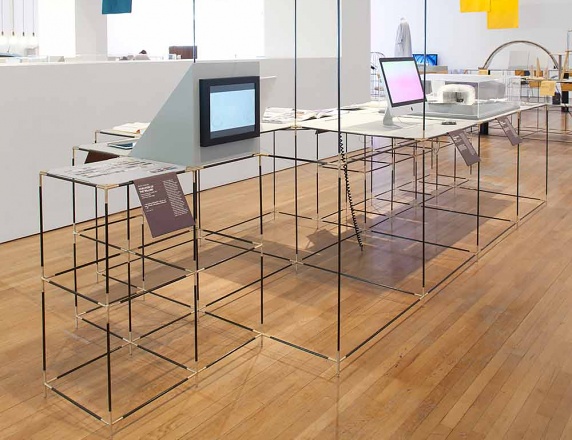 Designs of the Year
Designs of the Year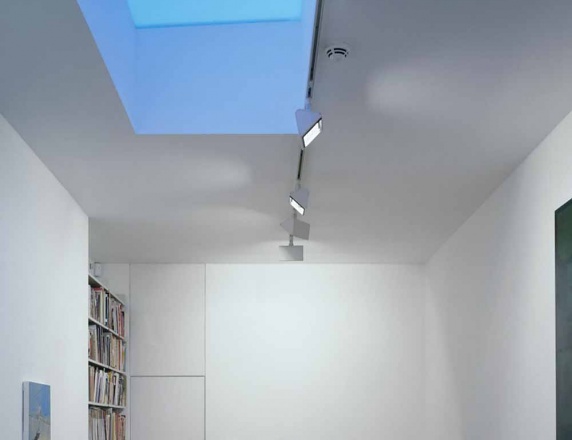 Stuart Shave Modern Art
Stuart Shave Modern Art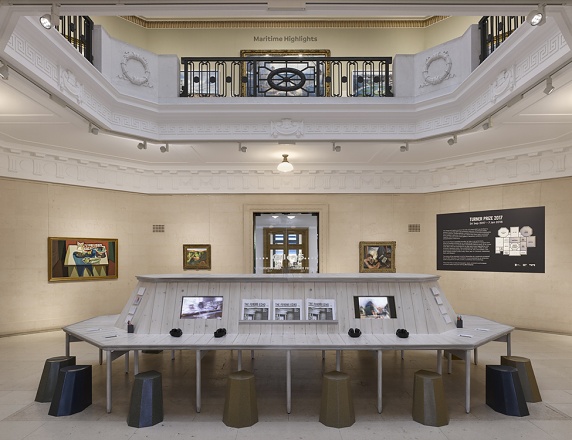 Turner Prize 2017
Turner Prize 2017 Walead Beshty
Walead Beshty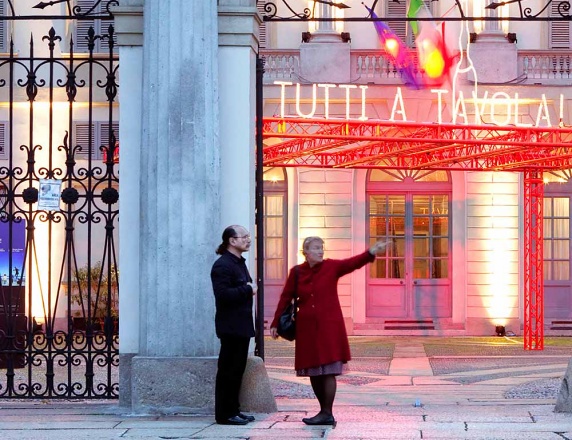 Tutti a Tavola!
Tutti a Tavola!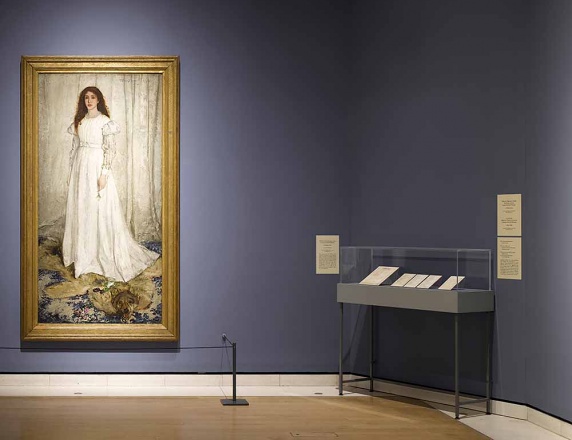 Whistler's Woman in White
Whistler's Woman in White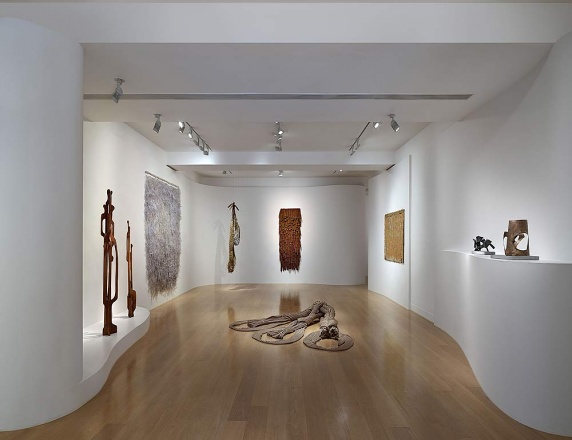 Women and Abstract Sculpture
Women and Abstract Sculpture Modern Art Oxford
Modern Art Oxford